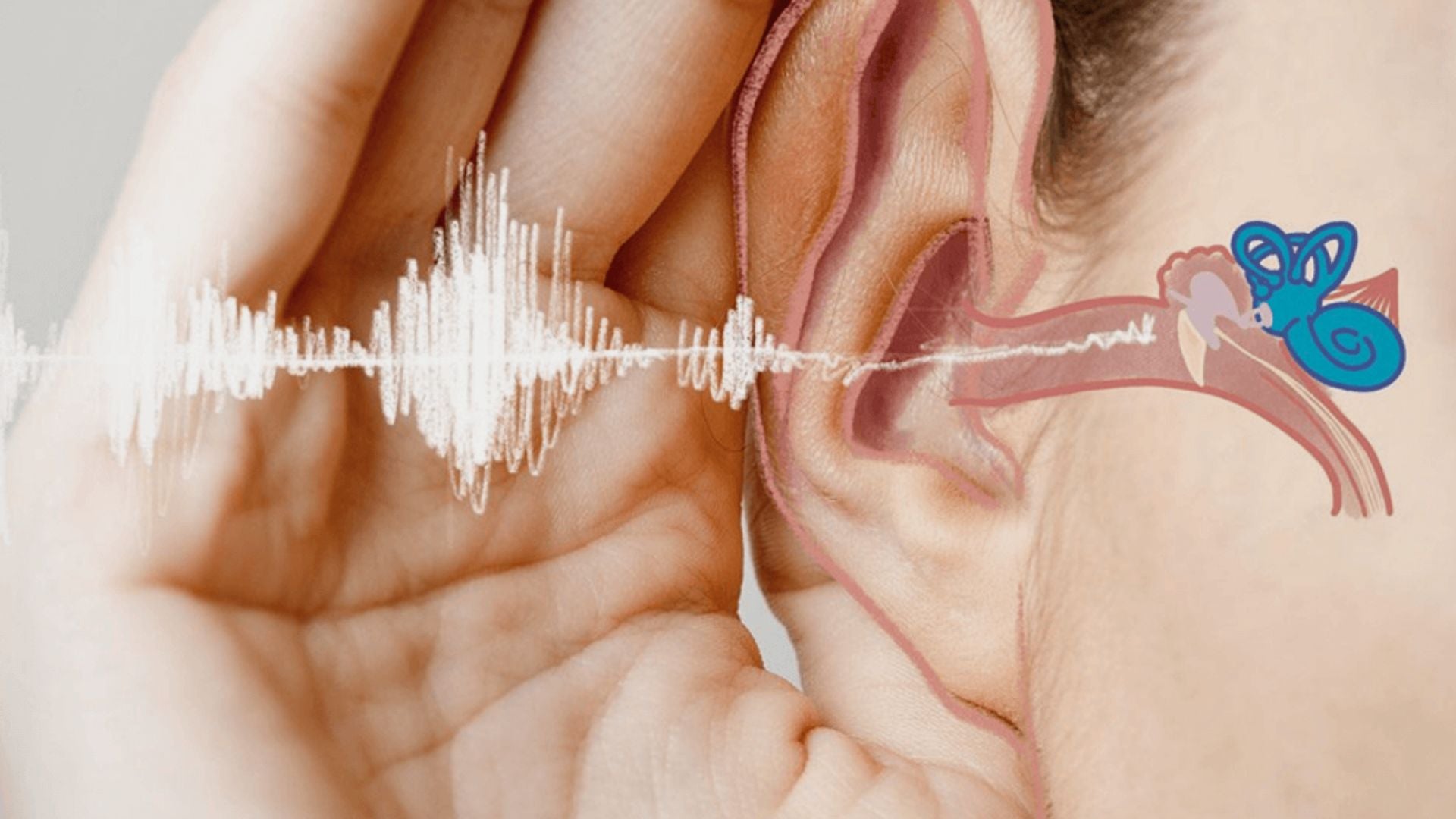Have you ever wondered how you can enjoy the melodies of your favorite song or engage in conversations with your loved ones? It's all thanks to the incredible process known as hearing.
Our ear, despite its small size, is a highly complex organ, which consists of an intricate organization of bones, hairs, nerves and cells. The various parts of our ear work together to pick up sound waves, processes them and sends them to our brain. This all happens in real time, effortlessly.
In this article, we will delve into the fascinating world of auditory perception and explore the intricacies of how our ears capture sound and transform it into meaningful information.
The Anatomy of Hearing
To understand how hearing works, let's begin by exploring the anatomy of the ear. Our ears consist of three main parts: the outer ear, the middle ear, and the inner ear. Each section plays a crucial role in the complex process of sound transmission and interpretation.
- Sound Waves and the Outer Ear: The journey of sound starts with sound waves. When a sound is produced, it creates vibrations that travel through the air as sound waves. These sound waves enter the outer ear, also known as the pinna, which collects and directs them into the ear canal.
- The Middle Ear and Sound Amplification: As sound waves reach the ear canal, they encounter the middle ear, which consists of the eardrum and three tiny bones called ossicles: the hammer, anvil, and stirrup. The eardrum vibrates in response to sound waves, and these vibrations are then amplified by the ossicles, acting as a mechanical lever system.
- From Mechanical to Fluid in The Inner Ear: The amplified sound vibrations are now ready to enter the inner ear, which is responsible for converting mechanical energy into electrical signals that the brain can interpret. The inner ear comprises the cochlea, a spiral-shaped structure filled with fluid, and thousands of delicate hair cells.
- Hair Cells and Signal Transduction: Within the cochlea, the sound vibrations cause fluid to ripple, stimulating the hair cells. These hair cells convert the mechanical energy of the sound waves into electrical signals, which are then transmitted through the auditory nerve to the brain for processing.
- Sound Perception and the Brain: Once the electrical signals reach the brain, they are decoded and interpreted as meaningful sounds. The brain analyzes various aspects of the sound, such as pitch, volume, and location, allowing us to perceive and understand the world of sound around us.
Understanding how hearing works provides us with a deeper appreciation for the remarkable intricacies of our auditory system. From the outer ear to the brain, each component plays a crucial role in capturing, transmitting, and processing sound.
By unraveling the mysteries of hearing, we gain insights into the wonders of sound perception and the profound impact it has on our everyday lives. So, let's cherish and protect our hearing, embracing the richness and beauty of the auditory world.





